Teenage Engineering CM-15 review: The ultimate portable studio microphone
In the context of phones, Teenage Engineering is best known for its collaboration with Nothing; The unique design identity of the Phone 1 and Phone 2 was created by the Swedish brand. And although it partners with many other brands to design eye-catching products, such as the Playdate portable console, its main focus is music […]
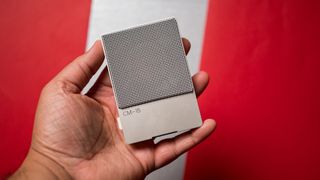
In the context of phones, Teenage Engineering is best known for its collaboration with Nothing; The unique design identity of the Phone 1 and Phone 2 was created by the Swedish brand. And although it partners with many other brands to design eye-catching products, such as the Playdate portable console, its main focus is music production equipment.
I’ve always been a fan of Teenage Engineering’s Pocket Operator series of miniature synths, and a decade after its launch, the OP-1 continues to be a standout synthesizer. The brand rolled out its field system early last year, introducing a range of devices designed for portable use. The CM-15 is part of this range, which includes a field recorder, a mixer and a lighter OP-1 called the OP-1 Field.
The idea is to be able to create music on the go, and each of the products is designed to work in conjunction with the others. The CM-15 is particularly noteworthy because of its versatility; you can use it as a traditional studio mic for recording vocals or instruments, and you have the option of connecting it to your phone and using it to record audio – this is handy during interviews – and even more.
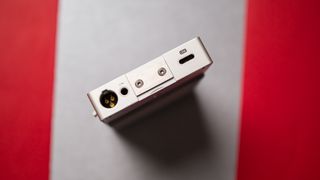
Then there is the design. Obviously, design isn’t a key consideration when it comes to a mic, but the CM-15 has a minimal aesthetic that sets it apart from other studio mics. Its small size makes it a great choice for use on the road; it’s about half the size of a phone and weighs just 132g – no small feat considering it has a built-in battery.
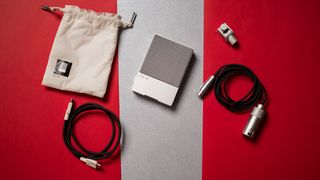
Clearly, a lot of thought went into the design of the CM-15, and its small form factor combined with the anodized aluminum chassis makes it inherently portable and durable. You also get a decent set of accessories in the box; the included adapter lets you mount the CM-15 on a tripod with relative ease, and you get a mini-XLR to XLR as well as USB-C to USB-C cables and a field pouch with water-resistant fabric ‘water.
The design feature I like the most is the built-in kickstand on the back; it allows the mic to sit upright on a desk without having to use a stand. Connectivity is via mini-XLR, 3.5mm and USB-C, and you can power it via 48V phantom power, USB-C or use the internal battery. It automatically switches between the three and there is a small LED on the side that serves as a visual indicator of the battery charge level.
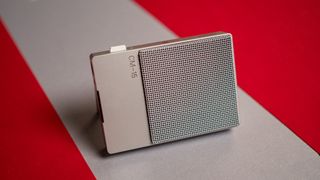
Charging the battery takes just over two hours and you get almost nine hours of use between charges, which is more than enough in this setting.
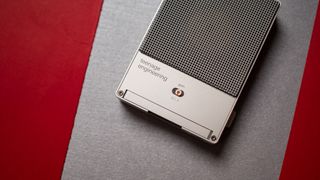
Besides the power button on the left, the only other button on the CM-15 is the gain switch; Three modes are available, with the left-most position at 0 dB, the middle setting increasing the gain by 14 dB, and the right-most position increasing it by 32 dB.
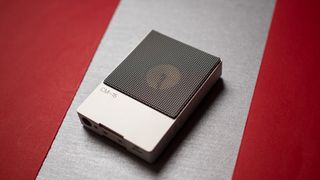
As for the mic itself, the CM-15 features a 1-inch diaphragm capsule made by Peluso Microphones. The sound quality is fantastic; I normally use a Blue Yeti for recording occasional audio and instruments, and the CM-15 is in a whole different league.
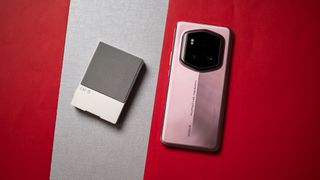
The condenser mic has a unidirectional polar pattern, so it picks up sounds in front of it and does a decent job of isolating ambient noise. The best part is the versatility; I used the CM-15 for almost four months, and during that time I recorded interviews on the go, plugged it into my phone to record audio, and while it was largely overkill for this use case, I attended several dozen briefings and meetings with him.
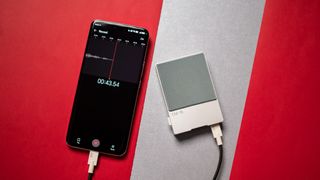
It’s exceptional as a studio mic and its portability gives it a distinct advantage. At $1,199, the CM-15 is several times more expensive than most products in this category, but if you want a high-quality studio mic with a durable design that can be used anywhere, this is it. an excellent choice.
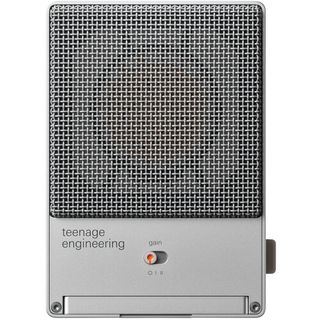
Teenage engineering CM-15
With fantastic sound and a sleek design, the CM-15 stands out among the best studio mics.














